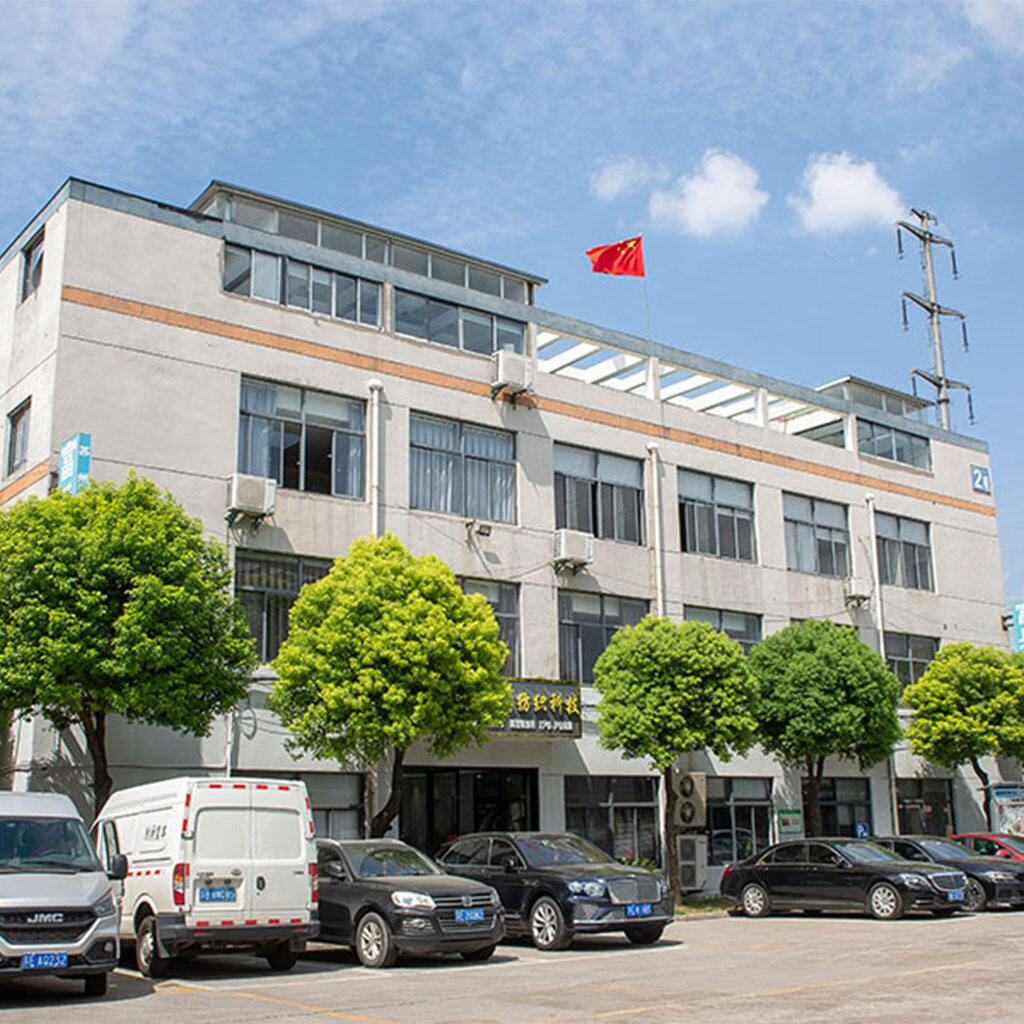Understanding the Global Recycled Standard (GRS) and Its Role in Sustainable Fabric Manufacturing
The Rise of Sustainable Textile Sourcing and the Shift Toward Recycled Fabrics
The world wants more recycled fabrics these days, with demand jumping about 54% each year since 2020 according to Textile Exchange data from last year. Environmental rules getting stricter plus businesses wanting greener supply chains have pushed this trend forward. Look at what's happening in major textile manufacturing centers too recycled polyester and cotton make up around 32% of all exports now, which shows companies are moving away from using brand new materials. Makes sense when we consider standards like the Global Recycled Standard (GRS). Their main goal is basically checking how much actual recycled stuff goes into products while making sure workers aren't treated poorly and chemicals stay under control throughout manufacturing.
What the Global Recycled Standard (GRS) Certifies: Content, Chain of Custody, and Environmental Criteria
GRS certification mandates three pillars for fabric manufacturers:
- Material Integrity: At least 20% recycled content per product line, verified through third-party testing.
- Chain of Custody: Transparent tracking from raw material to finished fabric, minimizing contamination risks.
- Environmental Compliance: Restricted substance list (RSL) adherence and wastewater treatment protocols.
A 2023 industry survey found GRS-certified mills reduced chemical discharge by 41% compared to non-certified counterparts. For example, Turkish manufacturers using GRS protocols achieved 98% closed-loop water recycling in dyeing processes.
Why GRS Certification Matters for Fabric Manufacturers and B2B Buyers
Following GRS standards helps companies avoid accusations of greenwashing since around 8 out of 10 B2B customers want to see Chain of Custody papers these days according to Textile Exchange research from last year. For textile makers who get certified, there's better business opportunities in European and North American markets where fabrics made from recycled materials can fetch extra money ranging between thirty cents and a dollar twenty per yard. What makes this certification really valuable for businesses is how it fits into their broader environmental goals. Brands can actually measure real carbon savings when they switch to GRS compliant processes, cutting down on roughly six and a half tons of CO2 equivalent for every thousand yards produced when looking at Scope 3 emissions calculations.
Leading Global Regions for GRS-Certified Fabric Manufacturers
China: Market Leader in Volume and Compliance Among GRS-Certified Fabric Manufacturers
According to Textile Exchange data from 2023, China produces around two thirds of all recycled polyester worldwide. The government has pushed for greener manufacturing through various sustainability initiatives that factories must follow. In places such as Guangdong and Zhejiang provinces, many textile manufacturers have started using blockchain technology to track materials throughout their supply chain. This helps prove that products actually meet Global Recycled Standard requirements when they contain blends of recycled and virgin fibers. Most plants in these regions focus on keeping operations under one roof as much as possible. This approach cuts down on expenses by roughly 12 to maybe even 18 percent compared to companies that rely on multiple outside suppliers. At the same time, these Chinese facilities need to comply with tough environmental rules set by European Union and American authorities regarding chemicals used during production.
India: Emerging Hub with Rapid Growth in Sustainable Fabric Manufacturing
The production of GRS certified fabrics in India jumped by 37 percent last year compared to 2023, largely because the government put around 420 million dollars into supporting textile recycling technologies. The manufacturing hubs in Chennai and Surat are really taking off when it comes to turning used PET materials into GR 31 certified fibers. These processes require about 92% less water than making regular polyester from scratch, which is quite impressive. There's still some work to be done though. Different parts of the supply chain aren't all following the same chain of custody rules consistently, and this makes things complicated for foreign companies trying to verify where their products actually come from.
Turkey: Innovation-Driven Circular Production Models in GRS-Certified Textile Mills
Turkish manufacturers like those in Bursa invest 20–25% of R&D budgets into circular innovations—such as enzymatic fiber separation for blended waste fabrics—yielding 40% higher material recovery rates versus mechanical recycling (Circular Textile Foundation 2023). Exporters combine GRS compliance with rapid turnaround: 68% deliver small-batch recycled fabrics within 4-week lead times.
How to Verify Authentic GRS-Certified Fabric Manufacturers
Step-by-Step Verification: Validating GRS Documentation and Transaction Certificates
Start with asking the manufacturer for their GRS Transaction Certificate, commonly called a TC. This document shows exactly how much recycled content goes into the product, at least 50% according to GRS standards, and follows where materials come from all the way through production. Check this against records kept by the certification organization since most certified suppliers partner with auditors such as Control Union or SCS Global Services. When verifying complete traceability across the supply chain, make sure there are separate TCs for every step including recycling, fiber production, and fabric manufacturing. Good quality manufacturers will usually share yearly audit reports too, something that was actually highlighted in last year's Textile Transparency Report as part of what makes companies trustworthy when they claim their materials are truly recycled.
Red Flags to Watch: Identifying Greenwashing and Non-Compliant Fabric Suppliers
Be wary of suppliers using vague terms like “sustainable” or “eco-friendly” without GRS certification. Key red flags include:
- Refusal to share Transaction Certificates or audit reports
- Claims of “100% recycled” fabrics without third-party verification
- Recycled content below 50% in product specifications (failing GRS thresholds for labeled products)
- No traceability for raw material origins or processing facilities
Always verify claims against the Global Recycled Standard’s public criteria, which mandates transparent reporting and environmental compliance across the supply chain.
Environmental and Economic Benefits of Partnering with Reputable GRS Fabric Manufacturers
Measurable Impact: Carbon Footprint Reduction and Resource Conservation in Recycled Fabric Production
Fabric makers certified under GRS standards cut down on energy use by about 45% when compared to regular polyester manufacturing methods. Plus they keep around 12 million metric tons of plastic waste out of landfills every year according to Textile Exchange data from last year. When companies turn old PET bottles into long lasting fabrics, they actually save approximately 650 gallons of water for each ton processed. That's roughly what a family of four would drink over 18 months straight. Recent research into circular economies showed something pretty impressive too. Manufacturers following GRS guidelines managed to divert nearly 94% of their waste from going into landfills thanks to those closed loop recycling systems they've implemented across their operations.
Business Value: Balancing Cost Premiums with Brand Trust and Long-Term Sustainability Goals
Getting GRS certified definitely bumps up material costs by around 15 to 20 percent, but most companies make that money back pretty quickly. According to McKinsey's 2023 report, about 78% of corporate buyers actually recover these extra costs within just 24 months thanks to being able to charge higher prices and avoiding those pesky ESG compliance issues. For many businesses, this certification acts like a special badge that sets them apart from competitors. A recent survey found that nearly two thirds (67%) of procurement managers actively look for fabric manufacturers who have GRS certification because they want transparency in their supply chains. Companies that build strong relationships with suppliers who meet these standards also see real benefits when bidding on contracts. Their success rate goes up by roughly 40% both for government contracts and those eco friendly retail tenders that are becoming so common these days.
FAQ: Understanding the Global Recycled Standard (GRS)
- What is the Global Recycled Standard (GRS)? The GRS is a certification that ensures a minimum percentage of recycled materials in products, adhering to environmental and chemical standards throughout manufacturing.
- Why is GRS certification important? GRS certification allows manufacturers to demonstrate their commitment to sustainability, ensuring products are truly recycled and not misleadingly labeled as "eco-friendly."
- How does GRS benefit manufacturers and buyers? Certification enhances brand trust, provides access to premium markets, ensures environmental compliance, and reduces carbon footprint.
- What should I look for when verifying a GRS-certified manufacturer? Request Transaction Certificates, check for consistent audit reports, and ensure transparency in the supply chain.
Table of Contents
- Understanding the Global Recycled Standard (GRS) and Its Role in Sustainable Fabric Manufacturing
- Leading Global Regions for GRS-Certified Fabric Manufacturers
- How to Verify Authentic GRS-Certified Fabric Manufacturers
- Environmental and Economic Benefits of Partnering with Reputable GRS Fabric Manufacturers

 EN
EN
 AR
AR
 BG
BG
 HR
HR
 CS
CS
 DA
DA
 NL
NL
 FI
FI
 FR
FR
 DE
DE
 EL
EL
 HI
HI
 IT
IT
 JA
JA
 KO
KO
 NO
NO
 PL
PL
 PT
PT
 RO
RO
 RU
RU
 ES
ES
 SV
SV
 CA
CA
 TL
TL
 IW
IW
 ID
ID
 LV
LV
 LT
LT
 SR
SR
 UK
UK
 VI
VI
 SQ
SQ
 HU
HU
 MT
MT
 TR
TR
 FA
FA
 MS
MS
 BN
BN
 LA
LA
 MY
MY




